Editor's Note: Due to the security protocols of the brigade featured in this story, Ukrainian soldiers and military medics mentioned are identified by their callsigns only.
KHARKIV OBLAST – As is usually the case at stabilization points across Ukraine in the fourth year of Russia's full-scale war, peak hour for the arrival of the wounded comes at sunset.
Three members of one of the heavy bomber drone teams have been evacuated, two of whom are carrying nasty burns after their dugout was spotted and set on fire by a Russian drone-dropped incendiary munition.
In Ukraine’s military medical system, these are all considered light wounds. Still, dressing these bad burns is painful enough to justify putting them under, if briefly.
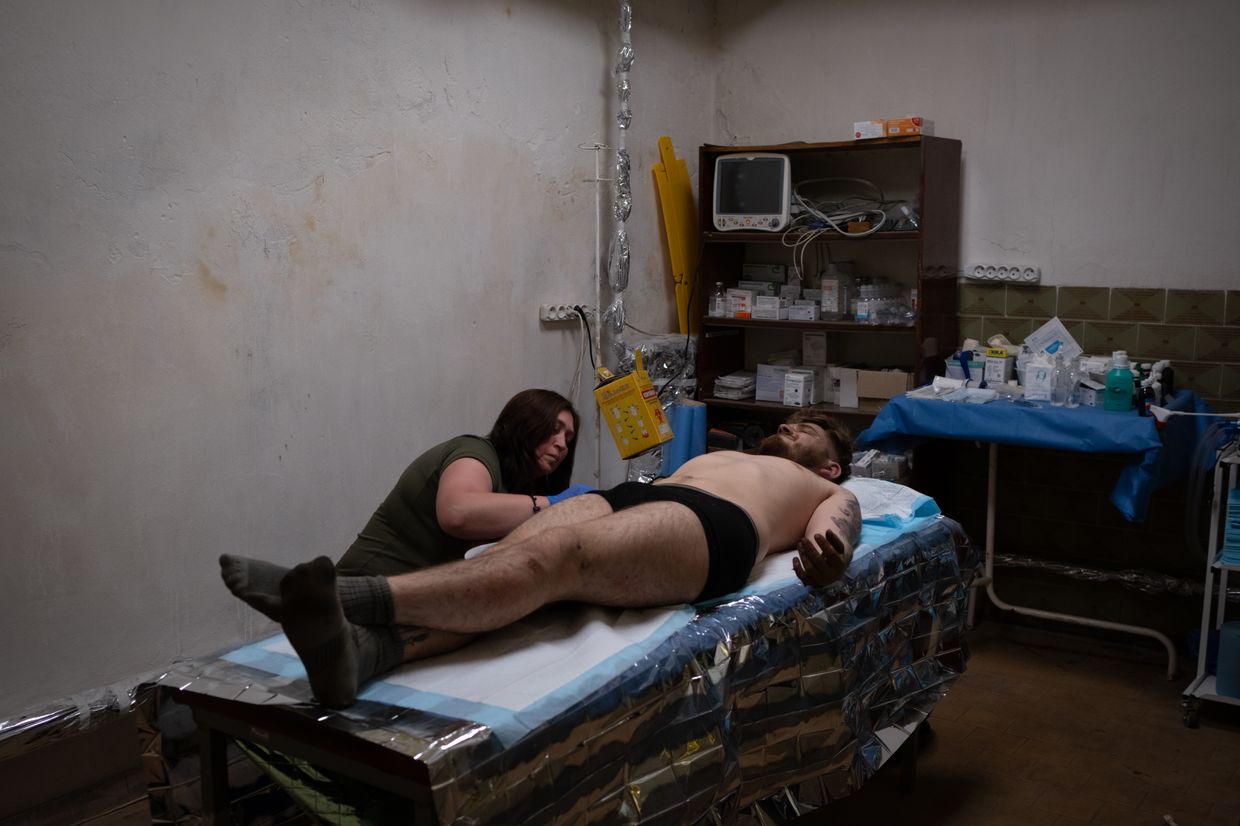
This stabilization point belongs to Ukraine's 3rd Separate Assault Brigade, which, along with other attached units, has been serving for around a year on the front line in eastern Kharkiv Oblast, holding territory that was first liberated from Russian occupation in autumn 2022.
While less intense and largely more stable than other hotspots of the front line in Donetsk Oblast, this area saw a gradual uptick in Russian attacks over autumn and winter, with Moscow's forces looking to take back the territory east of the Oskil River.
While the others are having their wounds dressed, the soldier who managed to escape with the lightest burns — callsign "Rebro" — must grapple with a painful truth.
There was a fourth member of the team, callsign "Chornyi," or "Black."
Losing consciousness and falling to the ground inside the dugout, and wearing body armor on top of his already heavy frame, Chornyi could not be carried out of the inferno.
"My brother-in-arms, the one I was trying to drag out, he fell right before the entrance," said Rebro. "I couldn't carry him."
After making it out, Chornyi's team members made a final attempt to go in and save him.
"After we scattered across the treeline, I understood that one of us was left behind; he must have lost consciousness," said Rebro. "We tried to go back and get him out, but everything was burning already."
"One was left behind... my mate..." Rebro trails off, breaking into tears as a nurse attempts to console him.
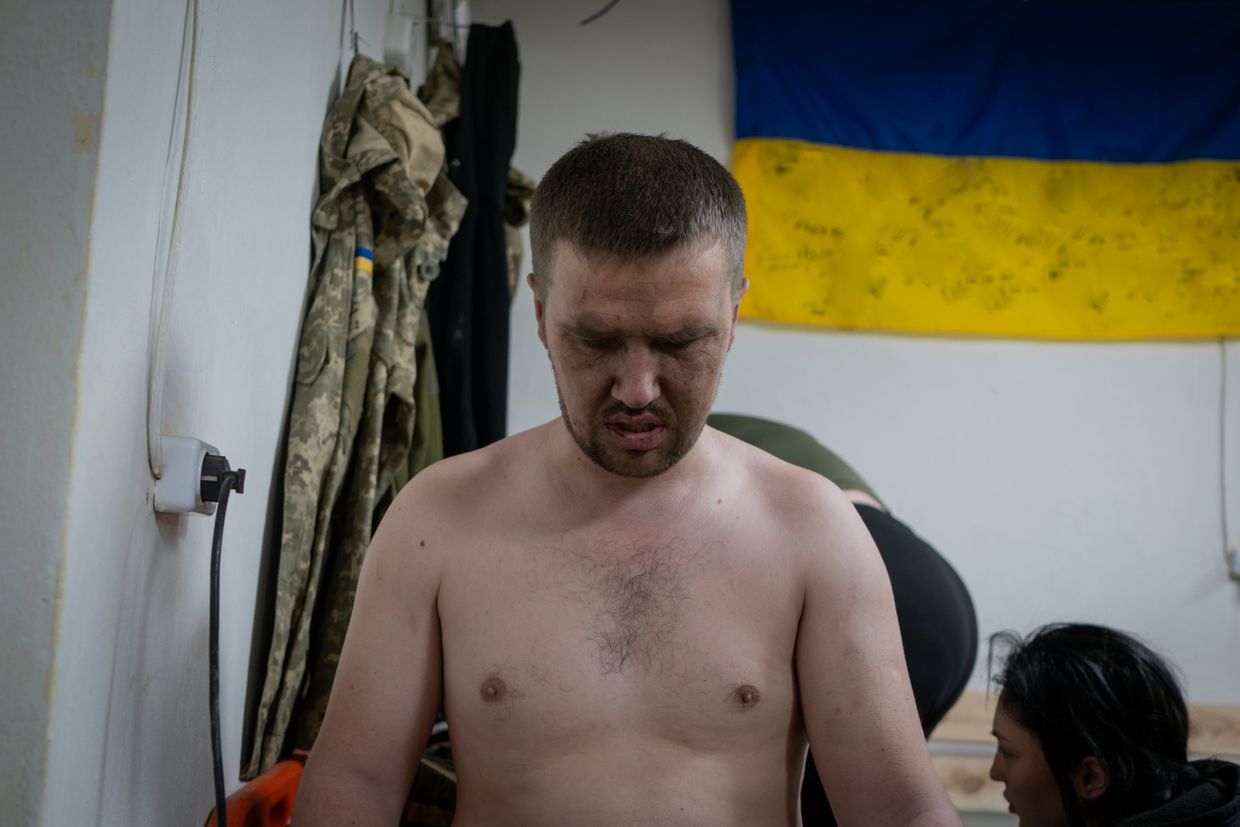
Since forming in 2022, the 3rd Separate Assault Brigade has become not only one of the Ukrainian military's largest formations but also one of its most well-known, thanks to a public media presence and recruiting campaigns unprecedented for a single brigade.
As part of reforms to the Ukrainian army's command structure, the 3rd Assault was one of the few brigades selected to take the responsibility of leading one of the newly formed army corps.
One of the unit's biggest sources of pride is its highly professional medical service, bringing cutting-edge equipment and a broad range of specialists to stabilization points like this close to the front line.
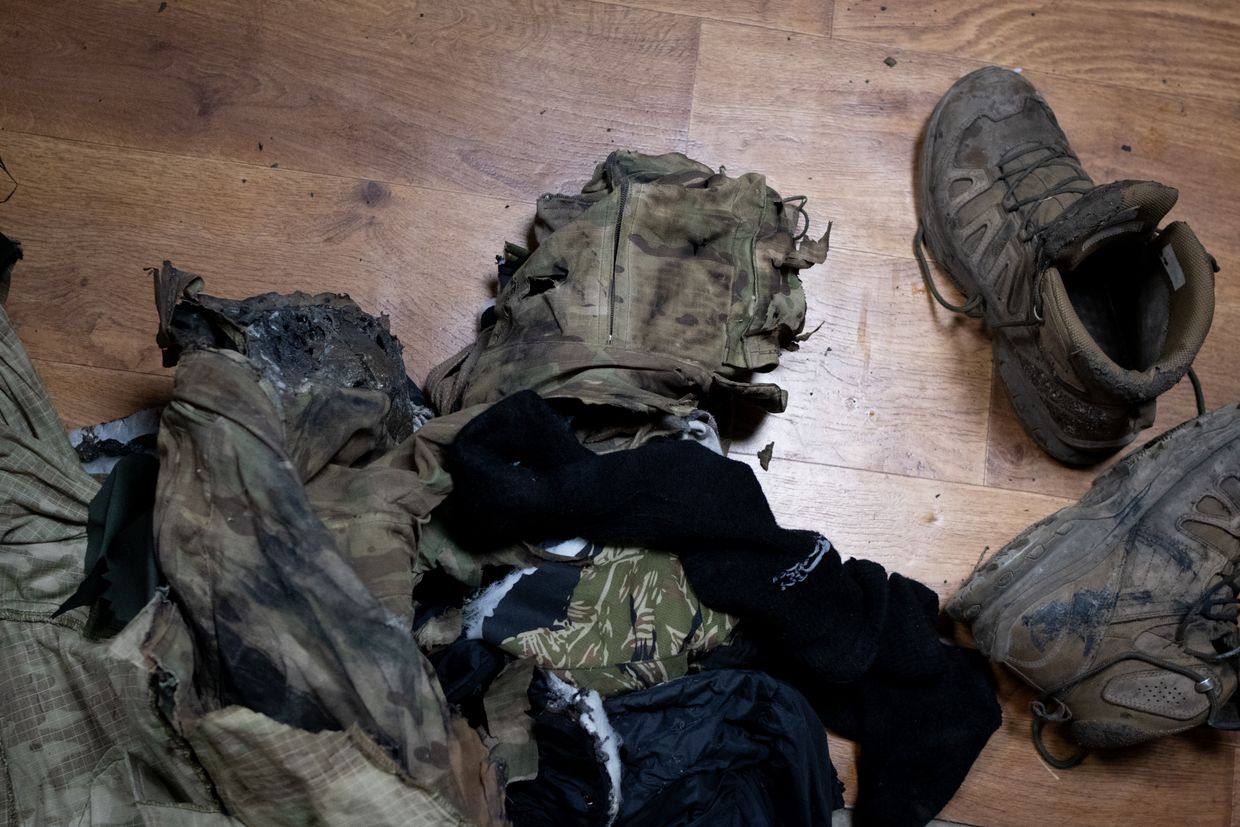
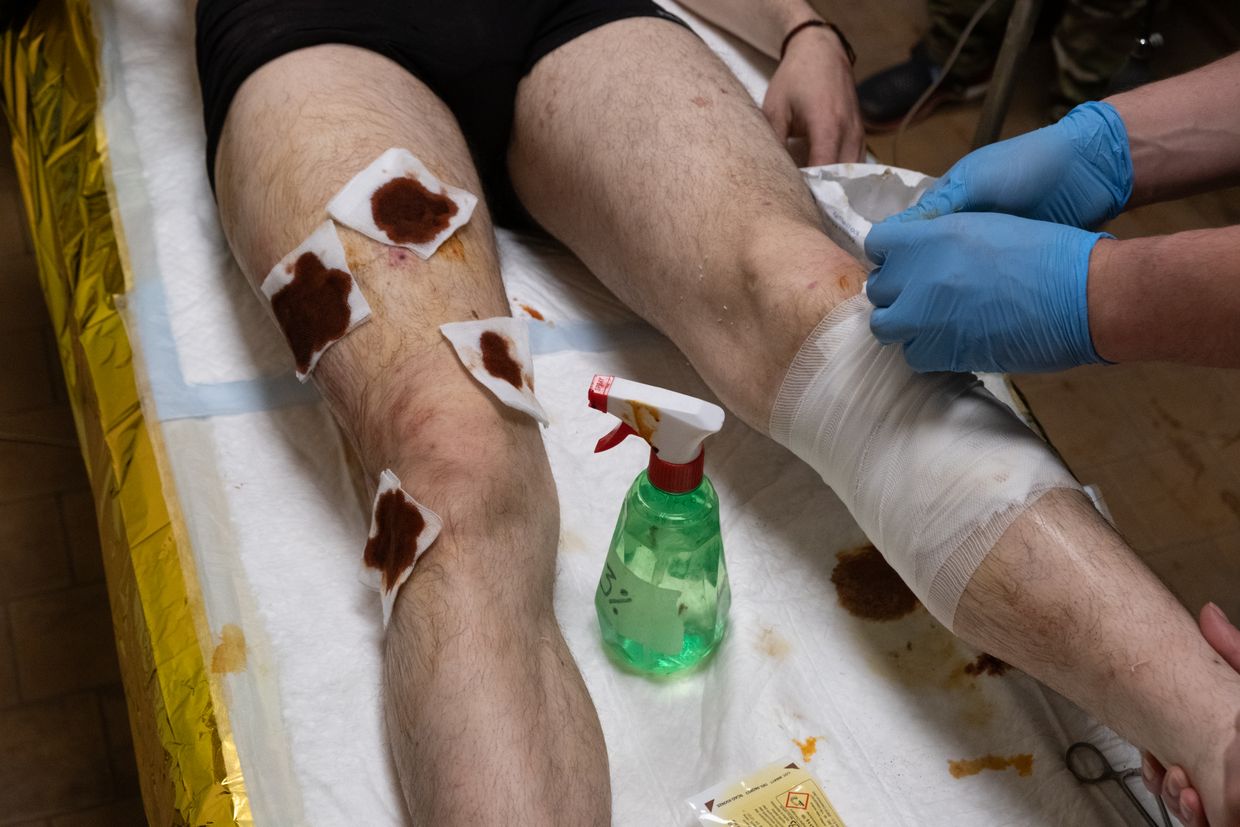
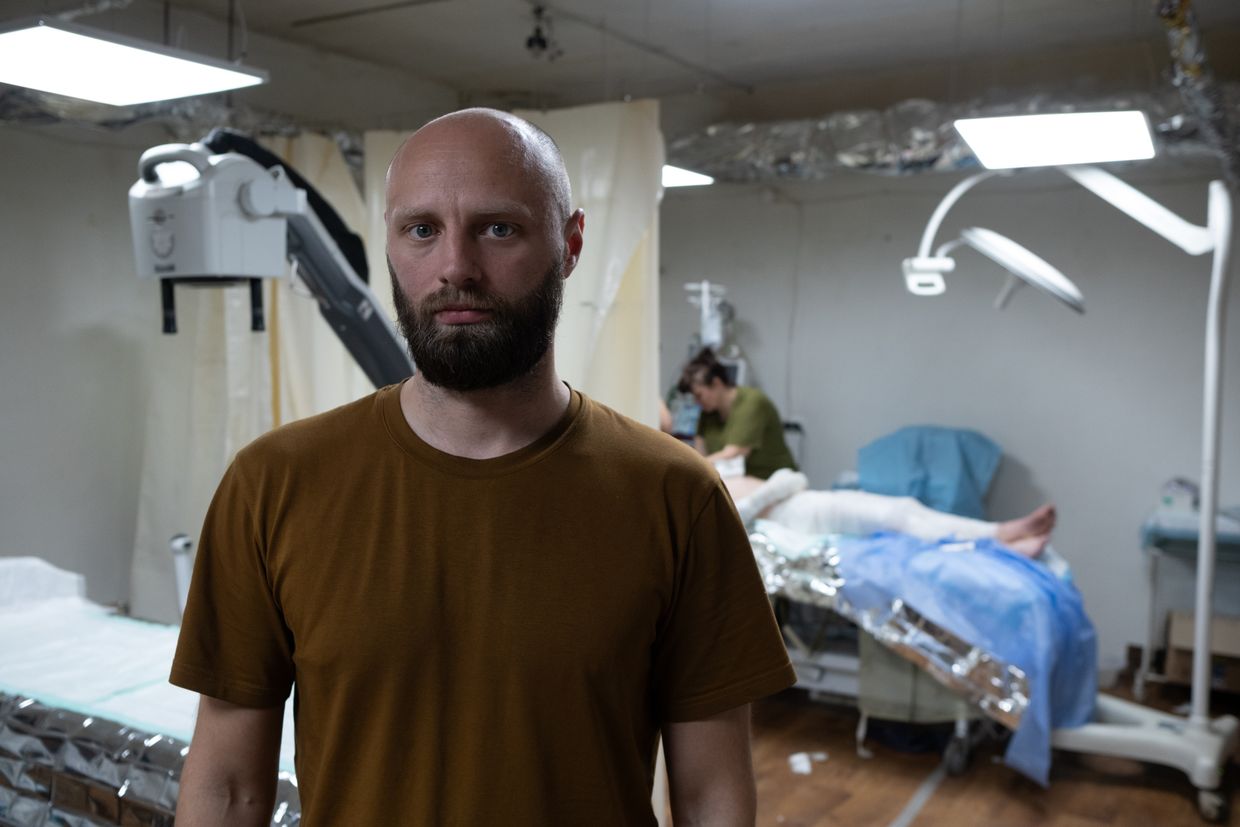
Getting the best care possible, as soon as possible, is crucial — both for saving lives and for giving patients the best chance of a full recovery.
This is especially true when the swift evacuation of wounded, particularly from infantry positions on the zero line, has grown practically impossible in many parts of the front line.
The high saturation of enemy drones in the air means that even moving around on foot, let alone on a vehicle, makes one a target for a high-precision drone strike within a few minutes.
As a result, soldiers, especially infantrymen, must often wait for days at front-line positions for the right conditions to arise and make evacuation possible.
"The wounds are mostly from drones now," said one of the brigade's surgeons on the shift who goes by the callsign "Zelenyi" (Green).
"It could be a light wound, but when (Russian) drones don't let us get (the injured) out, the wounds get infections, we see abscesses and the like develop."
Often, antibiotics and painkillers can be delivered by drones to try and help relieve the situation at a distance, but it's only a temporary solution.
In the event of a wound leading to a critical bleed and the application of a tourniquet, waiting several days before evacuation usually means that the limb cannot be saved.
The result: loss of blood circulation, gangrene, and many more amputee veterans on Ukrainian streets for decades after the end of the fighting.
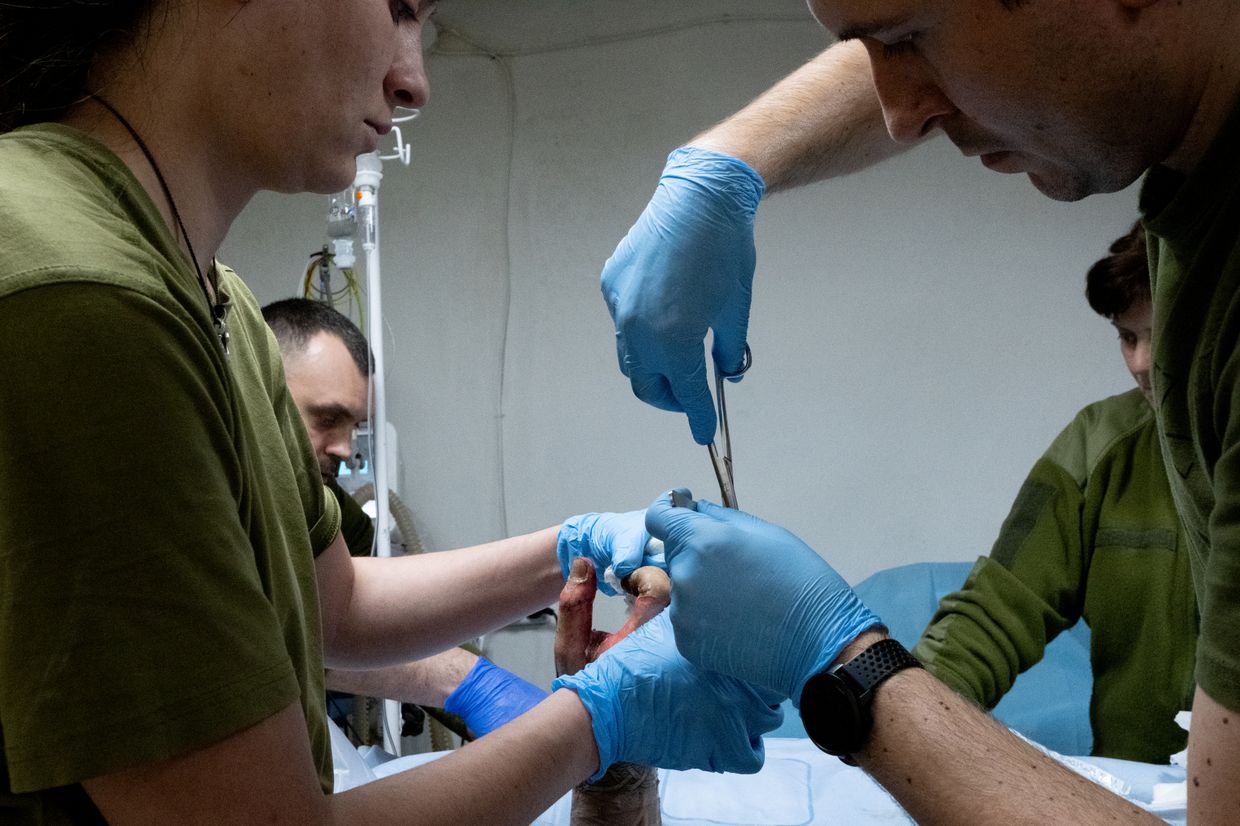
Not long after the group is taken out for further treatment, a pair of two more wounded soldiers is brought in.
It's one of the brigade's artillery teams, this time with light shrapnel wounds. Once again, they were the target of a Russian drone strike, and once again, one of them didn't make it out alive.
Both of the soldiers are conscious and on their feet, but one has suffered a shrapnel wound right under his right eye.
It's not immediately clear whether the red, swollen eye has sustained direct damage, but after careful cleaning of the wound, the doctors are relieved to find that it hasn't.
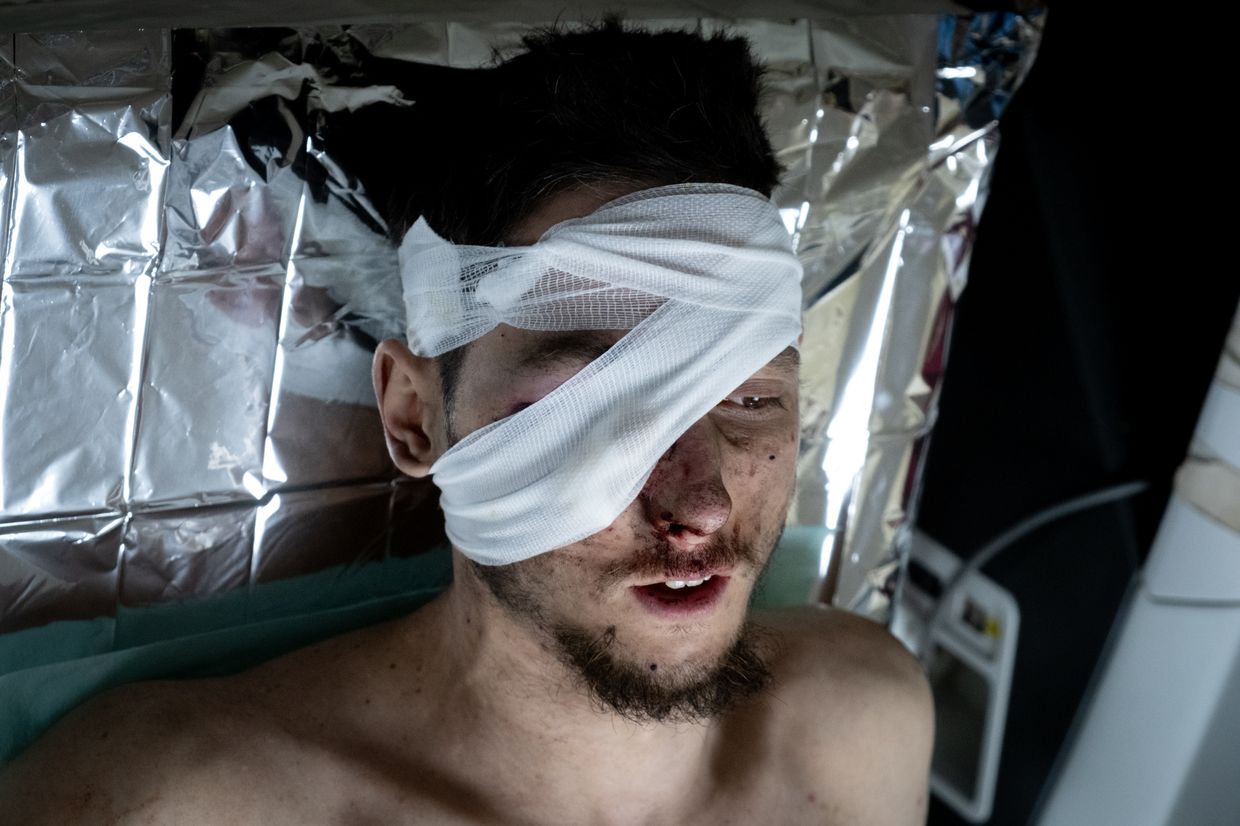
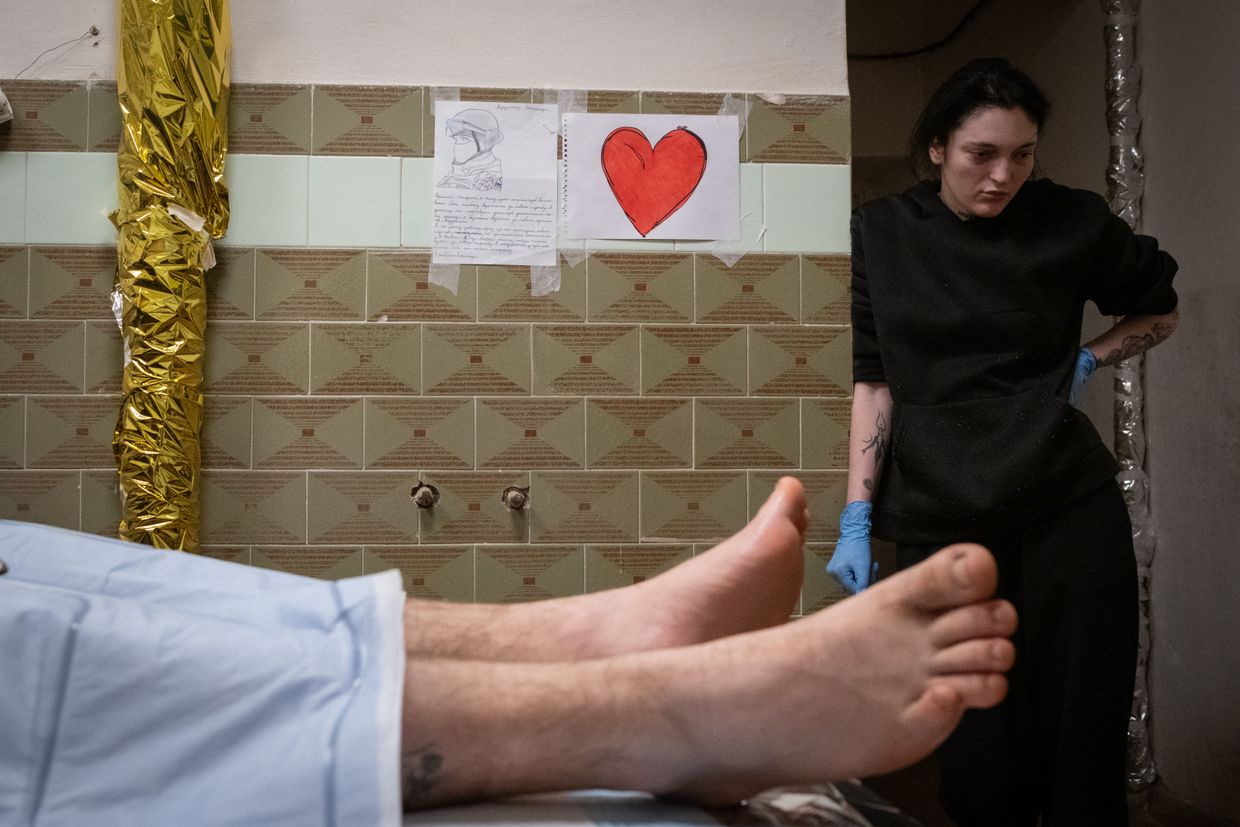
The fact that those brought in to the stabilization point were from Ukrainian artillery and drone teams was no coincidence: their working positions, while also getting more dangerous with every passing month, are at least slightly further back from the zero line, making timely evacuation possible.
Meanwhile, for wounded infantry, already living and fighting in the most difficult conditions of any soldier, the wait times are only getting longer and longer, with no light at the end of the tunnel.
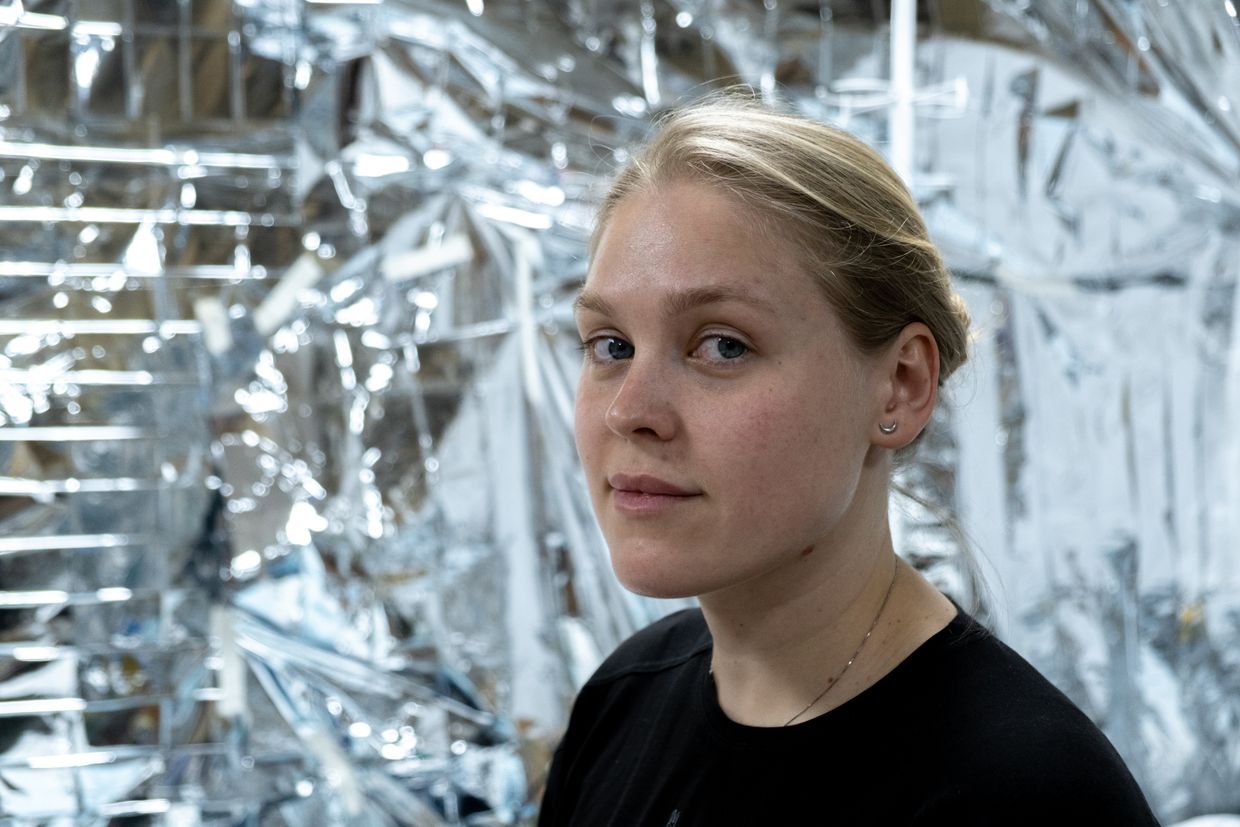
For military therapist "Luna," finding the strength to continue is not a matter she has a choice in.
"There is no one of us in this war — whether it's for three years, two, or even just one — who hasn't been deeply changed by it," she said, after finishing the dressing on the last artilleryman's shrapnel-speckled leg.
"Can we continue? It's not the right question, we simply must."
You can watch the video version of this story on the Kyiv Independent's YouTube channel:
Note from the author:
Hi, this is Francis Farrell, the author of this piece. There are some moments in our line of work that make you just stop in your tracks, confronted with the scale and intensity of the horror before you. Seeing a grown man break down in tears as the adrenaline wore off because of his teammate that they couldn't drag out of the burning dugout, yes, that was one of them. Ukrainians are tired, hurt, and sick to their stomach of this war, everyone here wants peace, but Russia's goal remains this country's annihilation, and sometimes it feels like people in the West forget about this. We could just stay in Kyiv and report from there, but we go to the war regularly, to bring this clarity back to you, before the war itself comes knocking. Please consider supporting our reporting.
.png)
 German (DE)
German (DE)  English (US)
English (US)  Spanish (ES)
Spanish (ES)  French (FR)
French (FR)  Hindi (IN)
Hindi (IN)  Italian (IT)
Italian (IT)  Russian (RU)
Russian (RU)  4 hours ago
3
4 hours ago
3
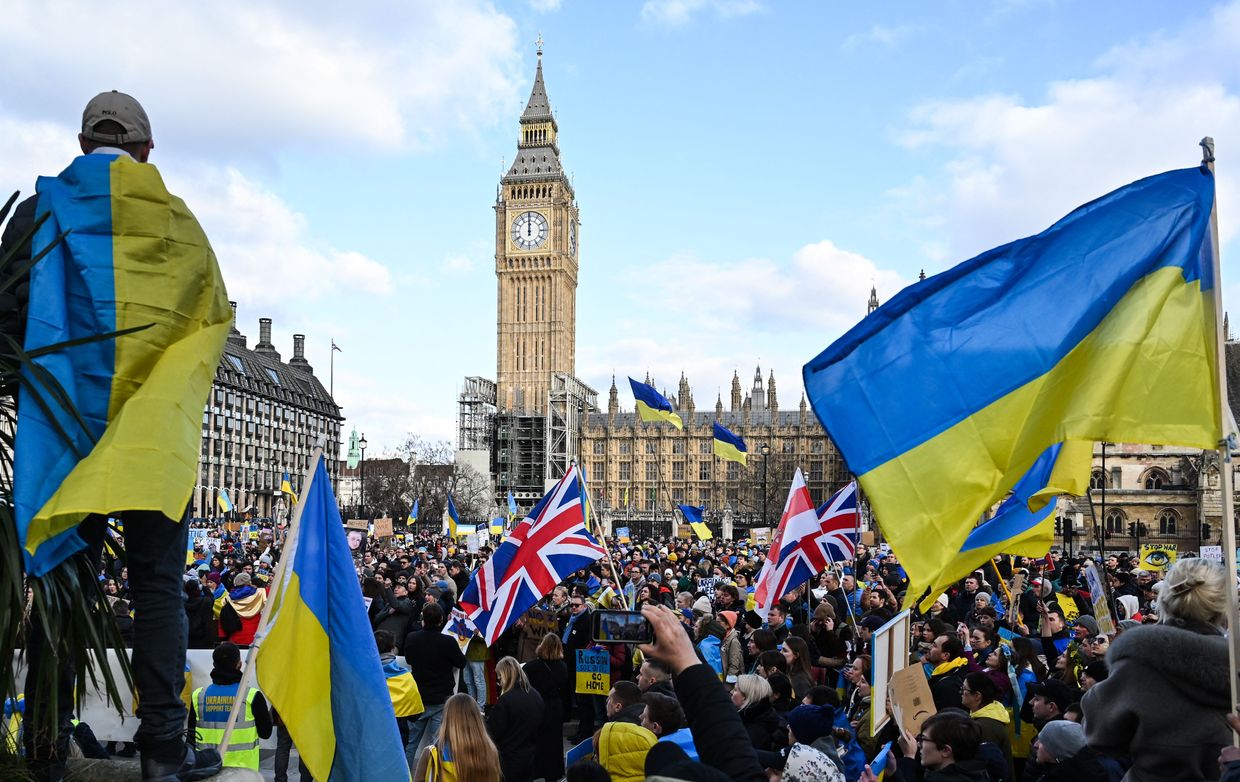
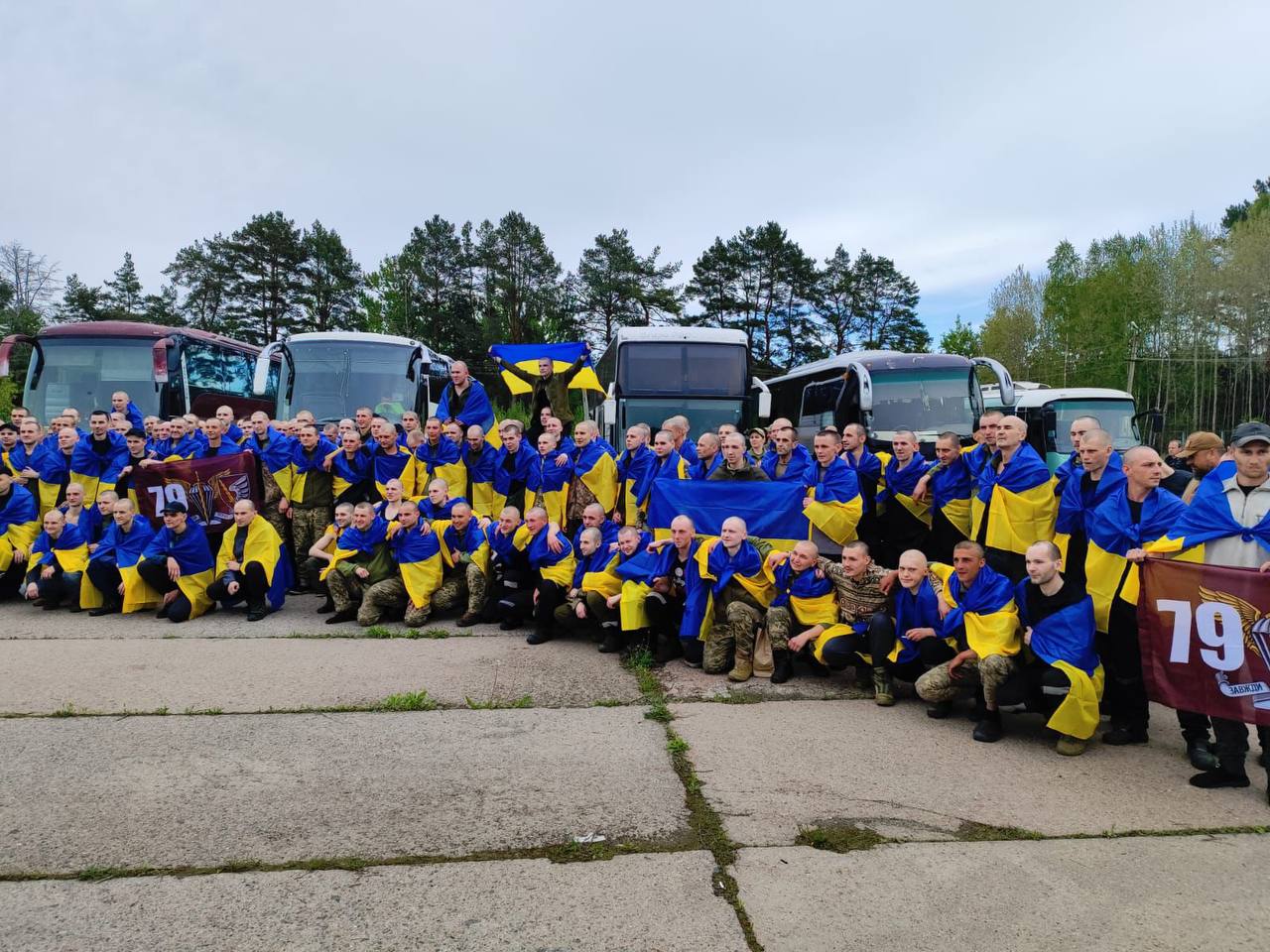

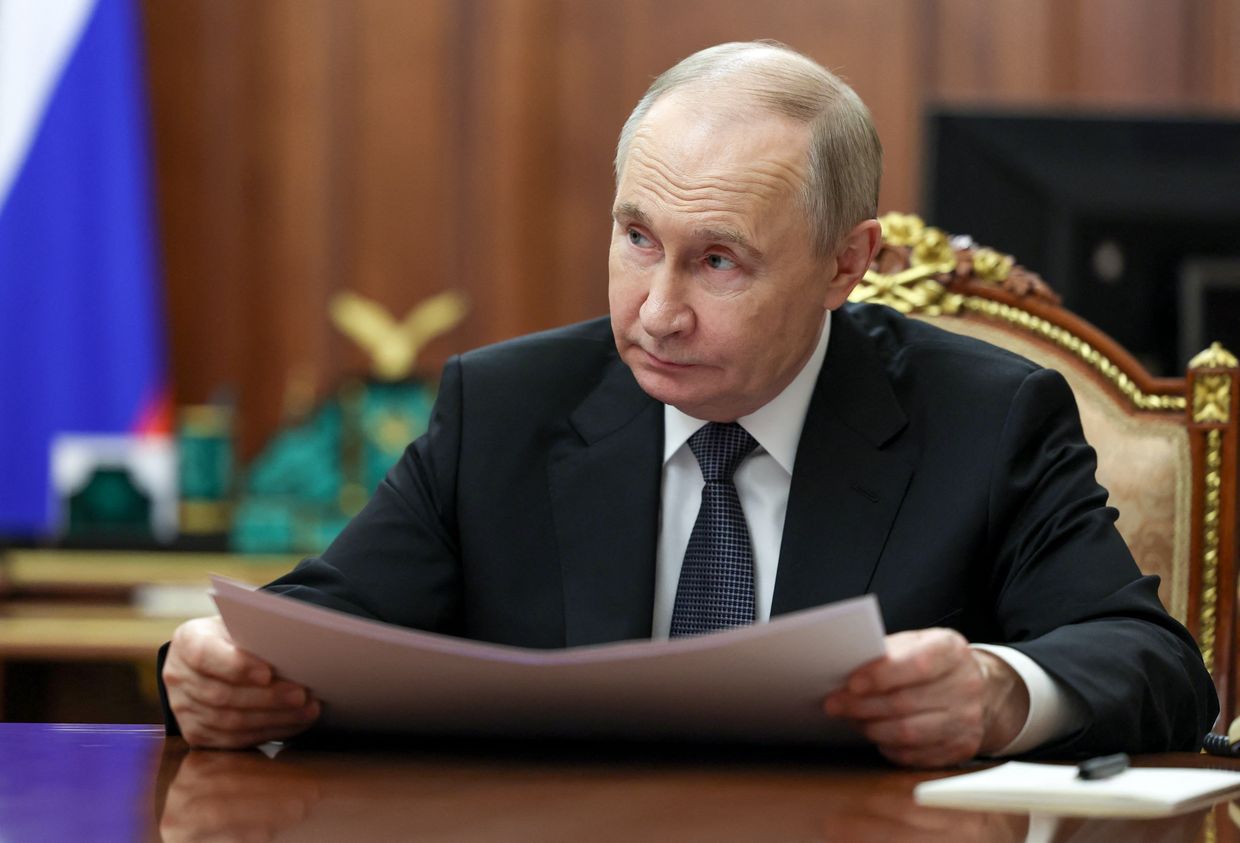
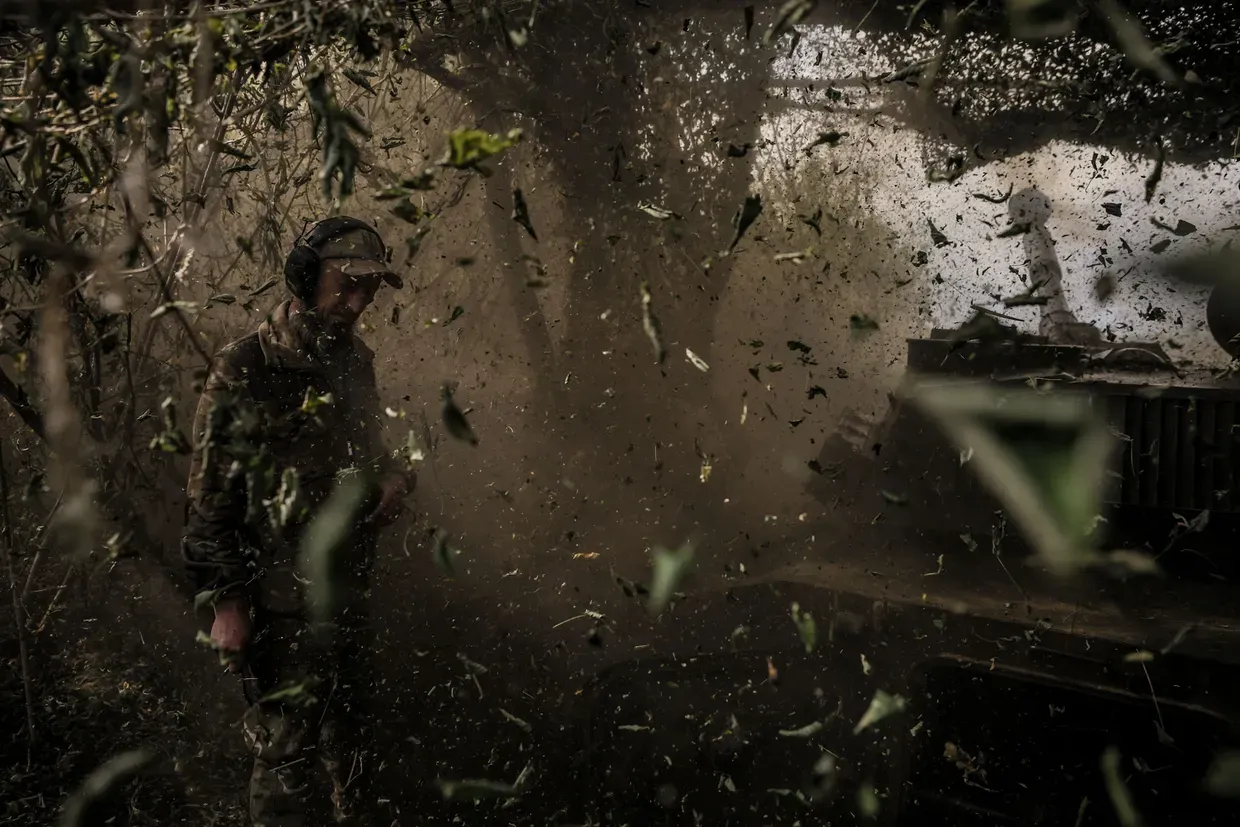




Comments